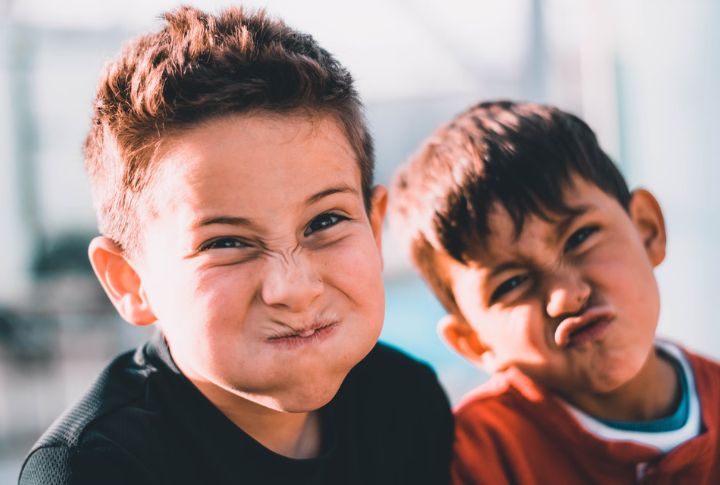
Same parents, same house, same rules—so why do siblings usually seem like they’re from different planets entirely? Well, the answer involves some seriously surprising factors that most families never realize are secretly at work behind the scenes. Here are the absolutely eye-opening reasons siblings develop such wildly different personalities despite sharing identical upbringings.
Genetic Variation Between Siblings
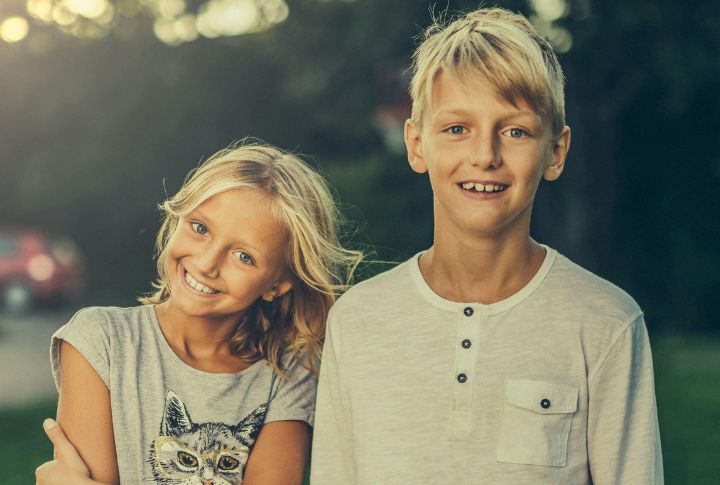
Most people assume siblings are nearly identical genetically, but each child inherits a random mix of parental genes. On average, siblings share about 50% of their DNA, though this can vary between 38% and 61%, according to 23andMe, a DNA genetic testing company (2025). This explains why ancestry tests frequently show surprising differences between brothers and sisters.
Peer Group Influences

Friends have enormous power to shape personality, often more than family does. One sibling connects with artistic rebels who love indie bands, while their brother bonds with academic achievers focused on science competitions. These different social worlds gradually create siblings with totally different interests, speech patterns, and core values.
Parenting Style Differences
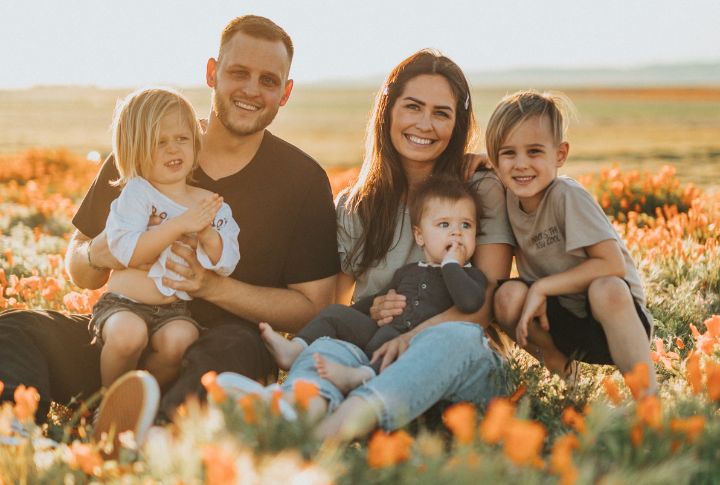
Parents change over time, and this affects how they raise each child. Work stress, money problems, and life experiences gradually shift their parenting style. Usually, first children face stricter rules, while younger siblings get more relaxed treatment. These different approaches create unique childhood experiences that help explain sibling differences.
Personality Temperament Differences
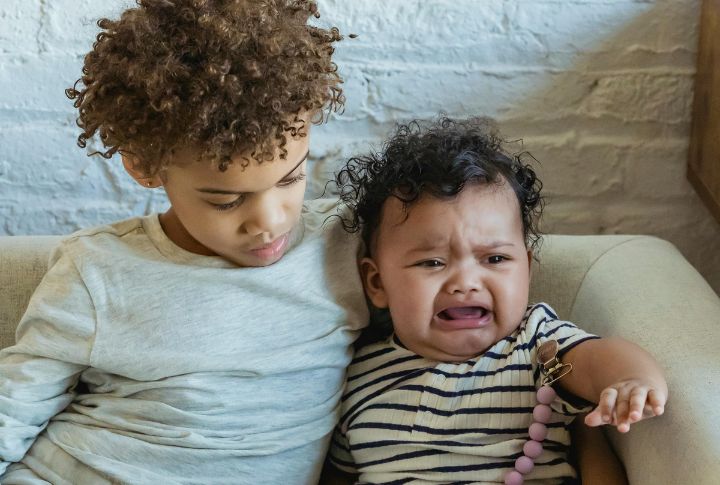
Right from birth, babies show their true colors. Some arrive naturally calm and easygoing, others come out feisty and demanding. Such traits aren’t random phases—they’re core personality characteristics that stick around. Years later, the calm baby becomes the adventurous sibling, whereas the intense baby prefers safe routines.
Health And Nutrition Variations
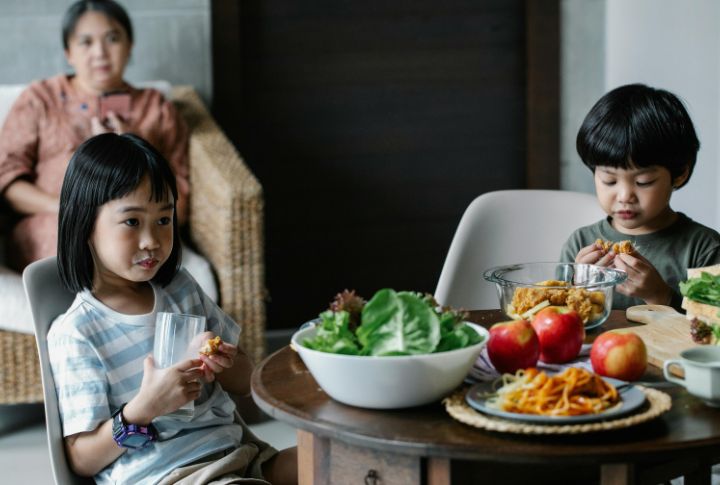
Early health and nutrition differences can affect siblings in many ways. For example, if one child has food allergies or specific nutritional needs due to illness, it changes daily meals and even how each child grows and develops. Biological differences like this influence each sibling’s development.
Trauma And Life Events

Ask three siblings about their parents’ divorce and you’ll get three completely distinct stories. The oldest remembers angry fights, the middle child recalls confusion, and the youngest barely remembers it happening. Same event, but each child’s age and personality created entirely distinct experiences and lasting effects.
Environmental Influences
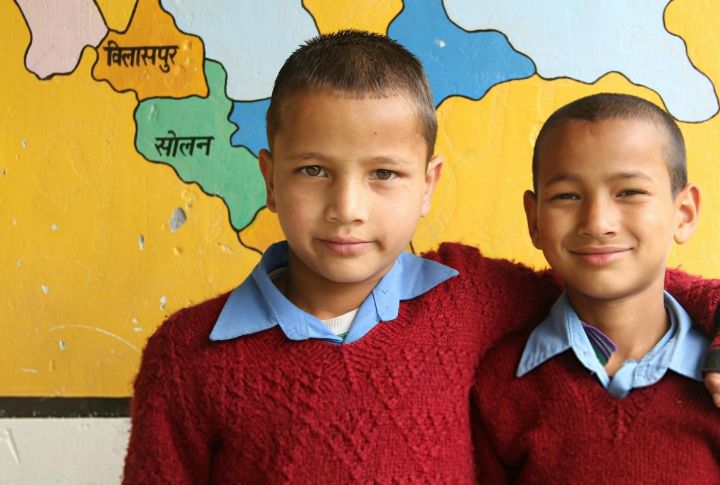
Life changes produce completely distinct situations for each sibling. One child might love switching schools and make instant friends, whereas their sibling feels lost and homesick. Even living in the same house, kids develop different friendship circles and neighborhood connections that shape who they become.
Education And Learning Styles

Some brains learn best by seeing charts and pictures. Others need to hear information spoken aloud. Still others must touch and move to understand concepts. When siblings have different neurological wiring, they naturally excel in varied subjects—one becomes the math whiz, another the creative writer.
Cultural And Social Expectations

Back in the day, families had super clear rules—oldest kid takes on the responsible one, youngest gets babied, middle child keeps the peace. But nowadays? Those old scripts are totally out the window. Each sibling gets to write their own role in the family, which means brothers and sisters are turning out way more different than before.
Exposure To Technology And Media

You know how families roll out technology? The oldest gets a phone first and becomes obsessed with social media. Meanwhile, their younger sibling is still watching cartoons and playing with toys. By the time the little one gets tech access, they’re into completely different apps and shows than their older brother or sister ever was.

